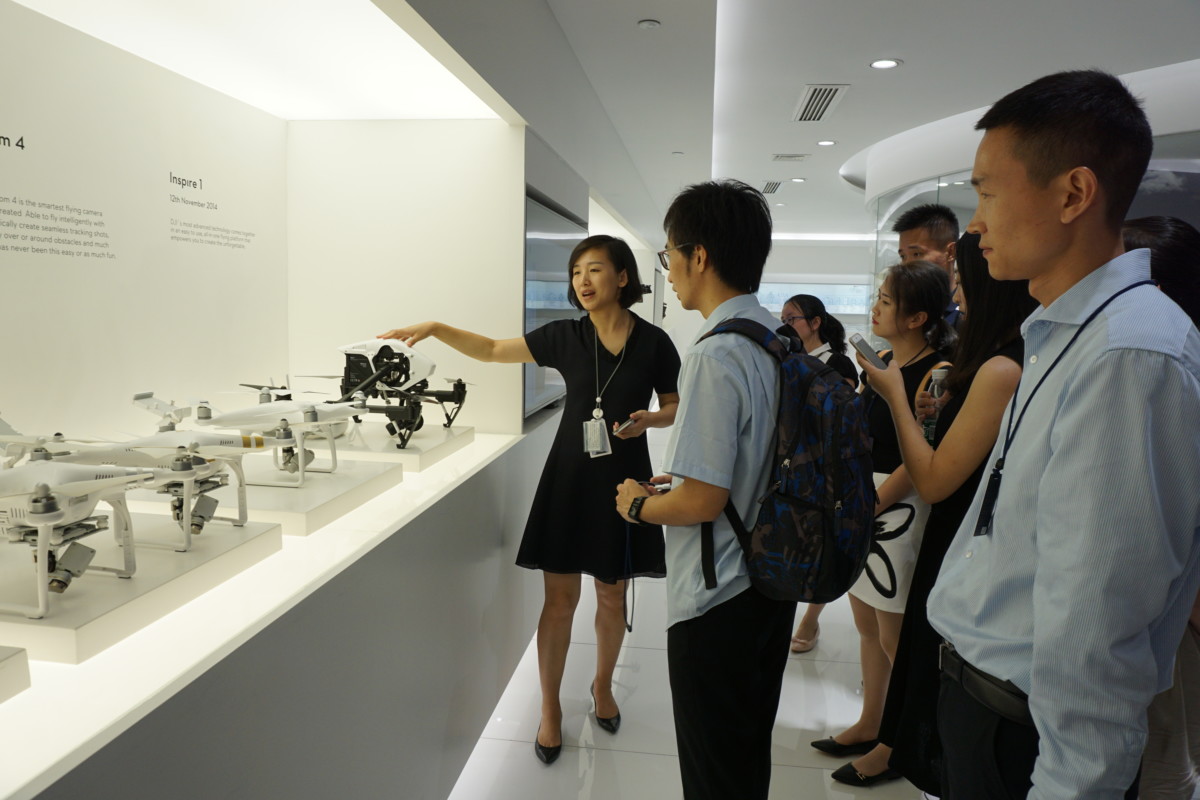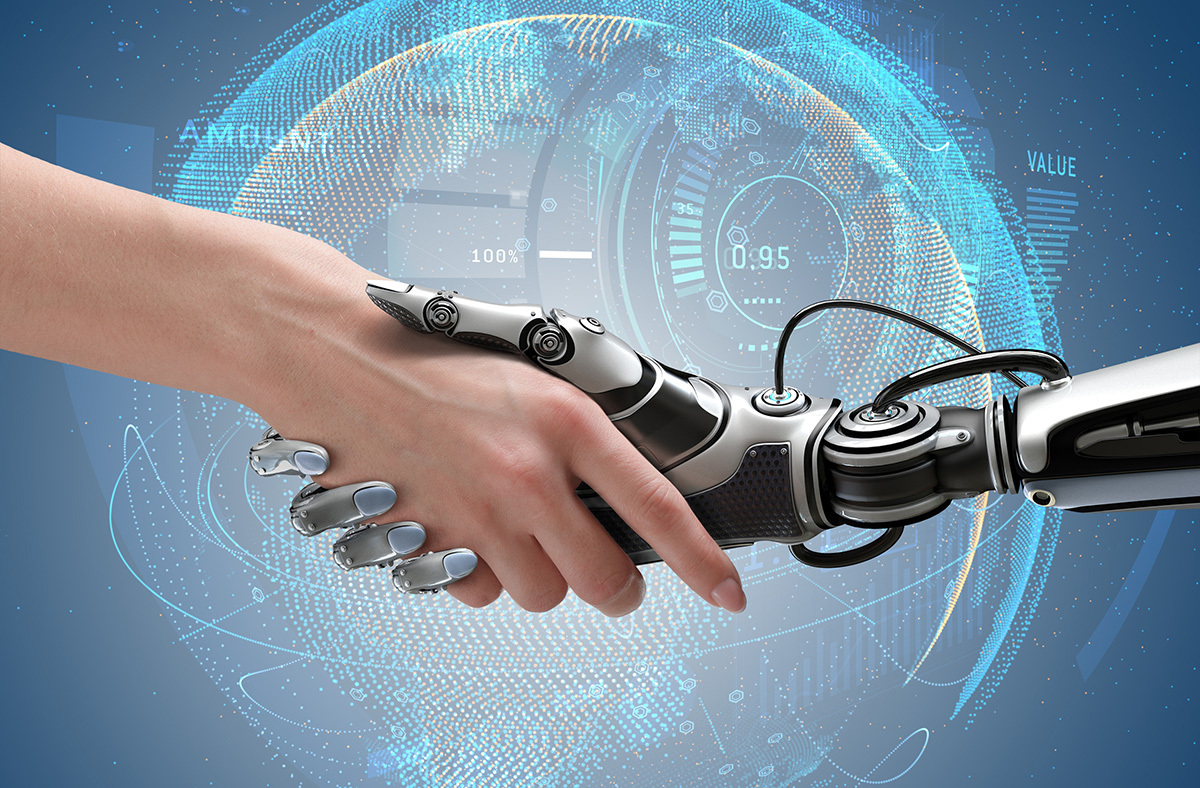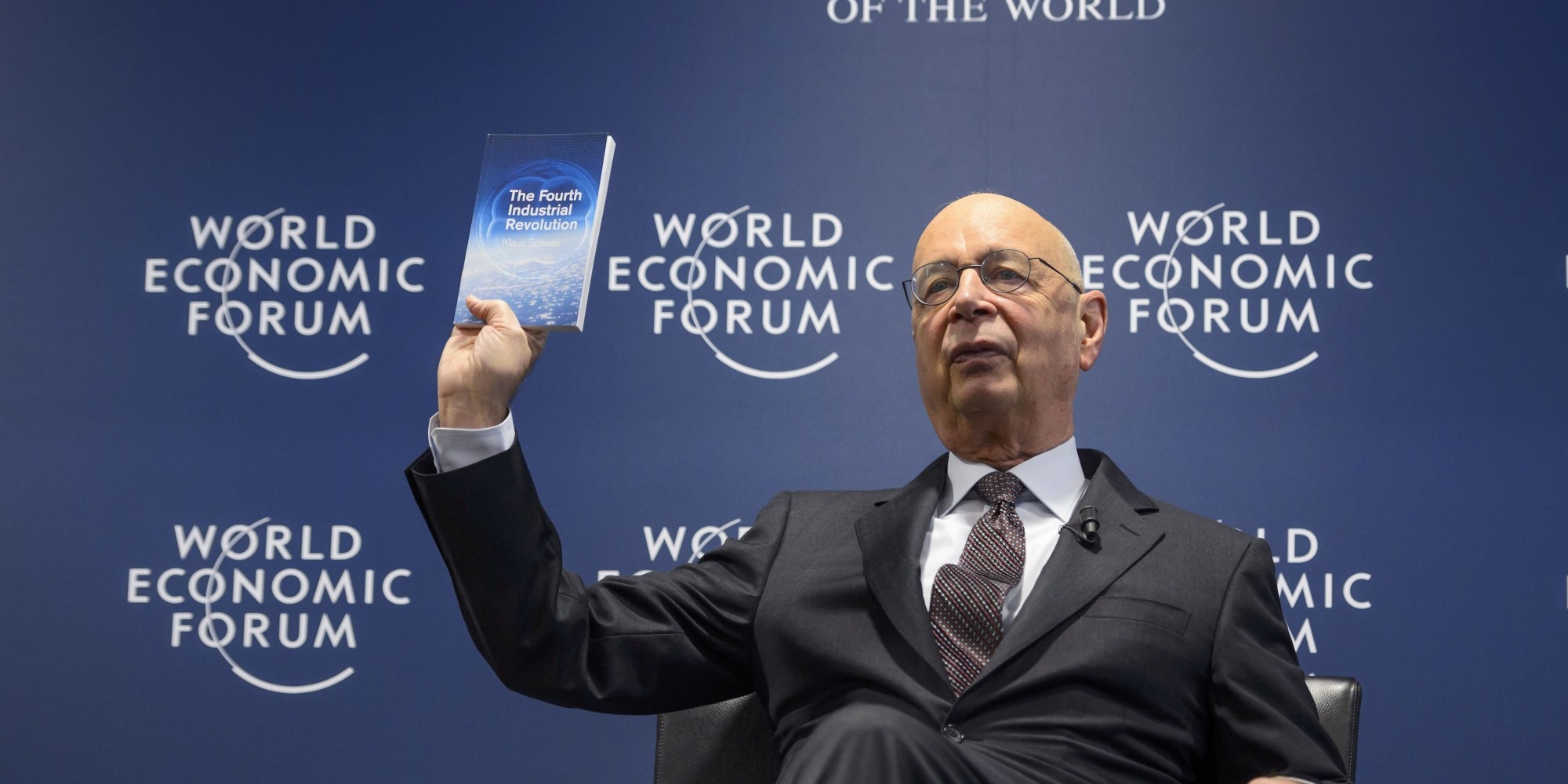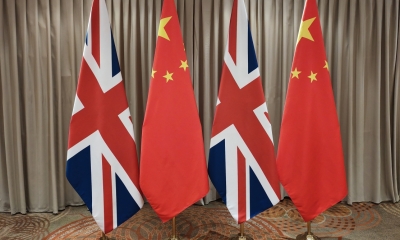Is China A Big Fish in the 4th Industrial Revolution?
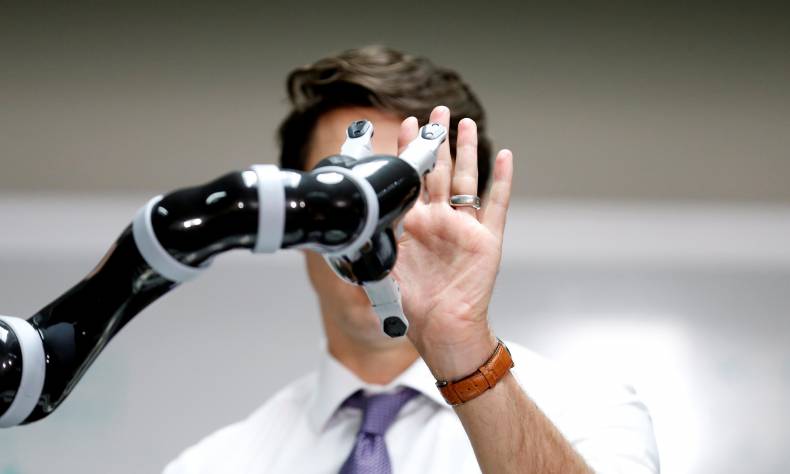
The policies implemented by Chinese President Xi Jinping, Premier Li Keqiang and the State Council, have given China a key role in this new world order.
- A new industrial age has been thrust upon us once more. The 4th Industrial Revolution or Industrial Revolution 4.0, sees greater importance placed upon the use of new technology such as artificial intelligence (AI), 5G connection, advanced robotics and big data on economies and societies in a greater way than ever before.
Previous industrial revolutions have been dominated by the same big fish, especially from the US and Europe. On the face of it, it would be fair to assume that this is still the case. America is still the black Marlin, the fastest, the most agile fish leading this revolution, whilst Germany is like an enormous sunfish, with its manufacturing might and industrial technology.
Yet if we look further east, it is possible to see a different fish shimmering in the distance. The policies implemented by Chinese President Xi Jinping, Premier Li Keqiang and the State Council, have given China a key role in this new world order.
A Leading Role
Klaus Schwab, founder of the World Economic Forum and the author of the book on the fourth industrial revolution, said at an event in Tianjin that “China has a leading role in the global transformation towards new development models characterized by technological innovation and based on intangible and digital assets”.
One technological innovation China is leading in is AI technology. In July 2017 the Chinese State Council called on all provinces, autonomous regions and municipalities to implement the “New Generation Artificial Intelligence Plan”, highlighting the importance of AI as the “new engine of economic growth” and the “core driving force” for industrial transformation.
Δ Drones produced by Da Jiang Innovation.
Since then, China has become an AI colossus, accounting for 2/3rds of its entire global investment. It has amassed an impressive portfolio of fourteen ‘unicorn*’ companies worth a combined US$400 billion, including the world leader in commercial and civilian drone industry Da Jiang Innovation (DJI), who have controlled 70% of the worlds drone market.
DJI’s headquarters is located in Shenzhen, which encompasses China’s investment in AI more than any other city. Once a small fishing village, the city has become a beacon for China’s Opening Up Reforms, implemented since 1978, and is a mecca for Chinese tech-talent and tech-companies. Dubbed the “Silicon Valley” of China, it is one of the Top 20 World Cities with the most AI companies, including SenseTime, a face-recognition company and Ubtech Robotics a leader in robotics.
Robotic Baristas and Doctors Assistants
Real life use of this new technology is thriving in China. E-payment platforms such as WeChat Pay and Alipay have made using cash a rare experience, and bike sharing formats such as Mobike, AliBike and Ofo have created a new way to get around cities.
This technology is even creating new breeds of coffee shops, with Shanghai coffee shop Ratio using robotic baristas to make its delicious coffee.
In healthcare, new tech is being applied to assist doctors in their treatment of patients. In 2017 Guangzhou opened its first cataract diagnosis clinic, using AI to better direct patient’s treatment and quicken the time needed for diagnosis. Right now, 131 Chinese companies are busy working on applying AI to healthcare, according to Yiou Intelligence, a consultancy firm based in Beijing.
The Belt and Road Initiative, celebrating its fifth anniversary this year, is building a Digital Silk Road to complement the free trade routes. In the 13th Five Year Plan, China committed to improving internet and telecommunications links across all BRI countries, advancing the construction of cross-border optical cables and other communications networks. Big projects, such as the Pakistan-China Fibre Optic Project and Internet Plus are improving the lives of people across the route.
Development a Work in Progress
In short space of time China has progressed dramatically. Yet whilst it has developed more than most, it still faces the problems of any developing country; shifting importance from quantity to quality.
Whilst there are high tech areas in China such as Shenzhen’s Special Economic Zone and Shanghai’s Pudong New District, China’s is still transforming from a manufacturer of cheap mass products to a high-tech, innovative economy. Silicon chips highlights this difference dramatically. Though it leads in manufacturing silicon chips, it only designs around 3% of the world’s market, according to Professor Stuart Russell at the World Economic Forum in Tianjin.
It is a similar story with research. China may have published more papers on AI then the US in four of the last five years, but according to SCImago Institutions Rankings, their work is less frequently cited than its western rivals once self-citations are taken out.
Fast Fish or Big Fish?
Δ Klaus Schwab shows a book he wrote during a news conference on the programme of the Davos World Economic Forum WEF annual meeting at the Forum’s headquarters in Cologny, near Geneva, on January 13, 2016. (AFP)
Klaus Schwab, founder of the fourth Industrial Revolution stated that “In the new world, it is not the big fish which eats the small fish, it’s the fast fish which eats the slow fish”.
China is a unique fish that swims differently to other nations. The past few years have seen it develop and invest at quicker and higher rates than any other country, especially in AI development. Its ability to implement policy and increasingly better educated work force does give it advantages over other countries, especially those seeking protectionism and anti-globalization policies. However, it still developing and time is needed to see it progress.
* Unicorn company is a start-up company valued at over US$1 billion.
 Facebook
Facebook
 Twitter
Twitter
 Linkedin
Linkedin
 Google +
Google +
